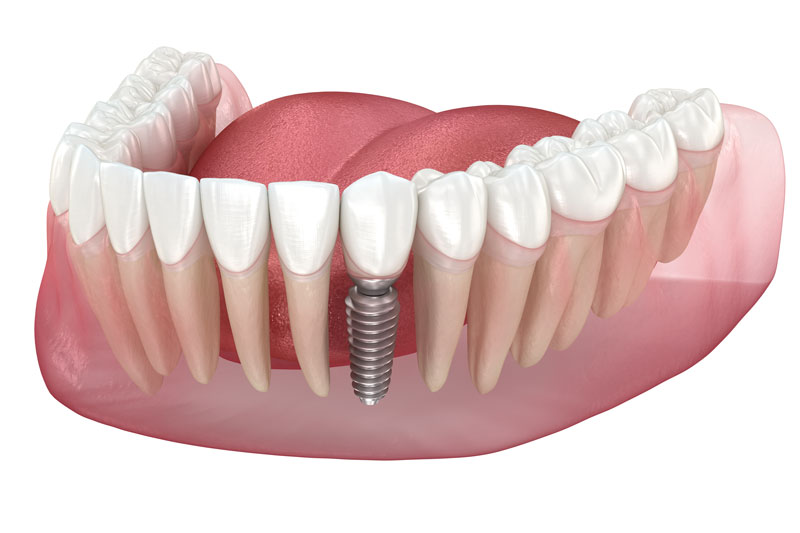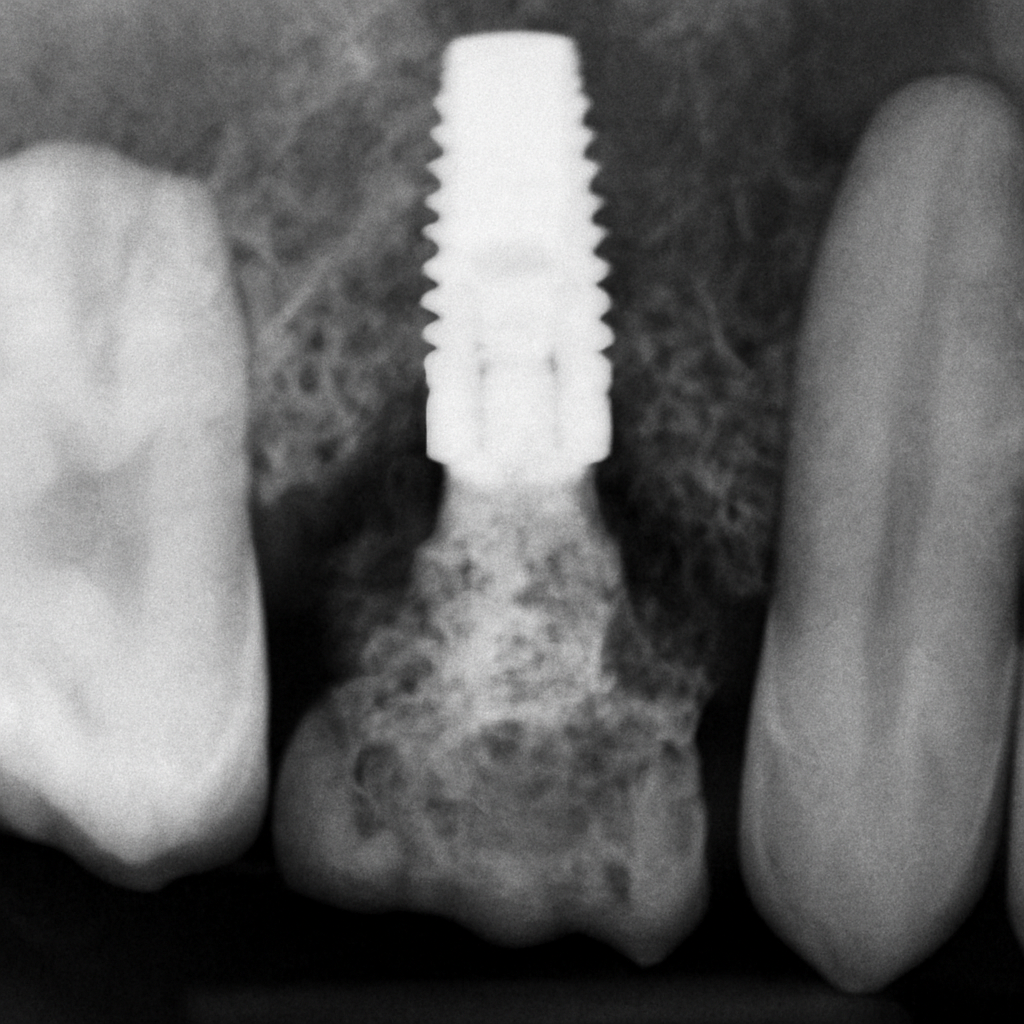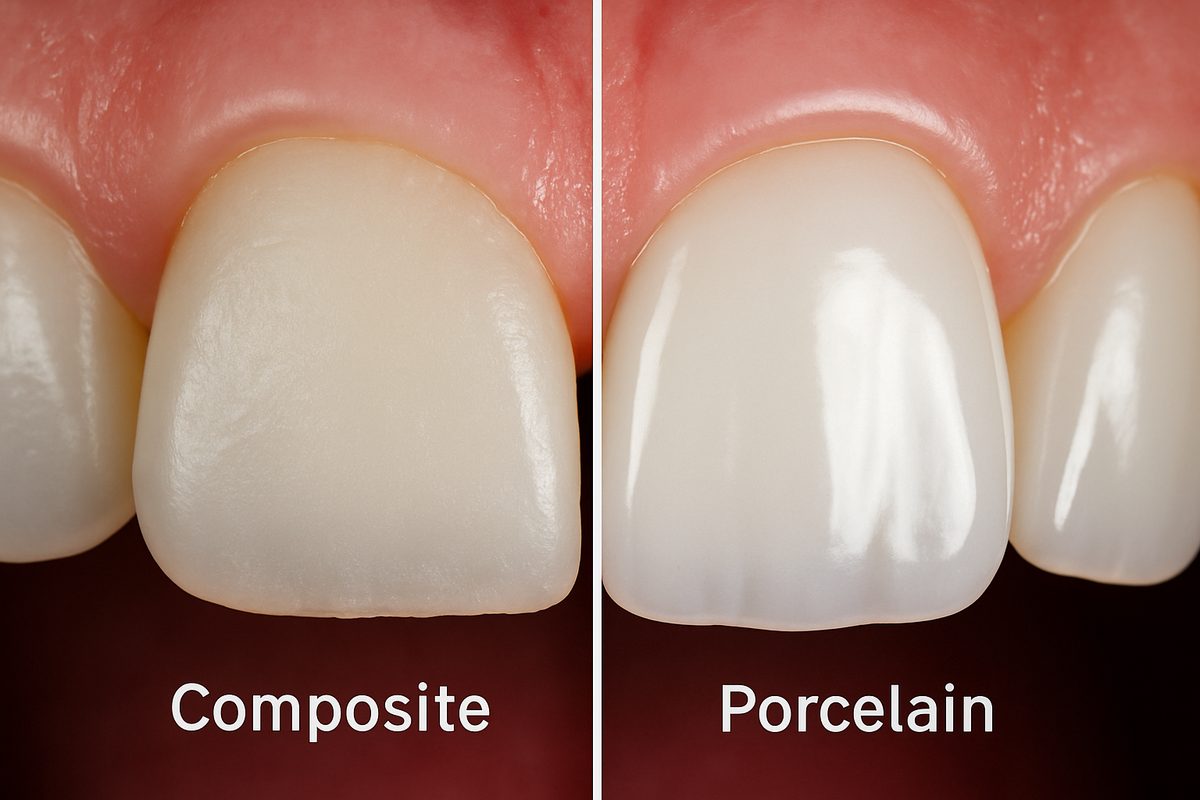Blog - Fort Wayne, IN
Tips, Facts, And The
Latest In Dentistry

Is A Dental Implant The Right Way To Replace Your Dental Tooth?

Yes — a dental implant is often the best way to replace a dental tooth, but it depends. A dental implant is a titanium post placed into the jaw to act like a tooth root, topped with an abutment and a crown to restore the visible tooth. Other common ways to replace a dental tooth are a bridge (which uses nearby teeth for support) or a removable denture. Which option is best depends on your bone volume, gum health, medical history, budget, and how permanent you want the solution to be.
What is a dental implant and how it replaces a dental tooth
A dental implant has three main parts: the implant fixture (the screw placed in the jaw), the abutment (a connector), and the crown (the visible tooth). The typical timeline is placement of the implant fixture, a healing period for bone to fuse to the implant (osseointegration), and then placement of the abutment and crown for final restoration.
Unlike a bridge or denture, a dental implant replaces both the root and the crown of a dental tooth. A bridge replaces the crown but relies on adjacent teeth for support, which can weaken those teeth. A denture sits on the gums and does not replace the root, which can lead to bone loss over time. Implants preserve bone and feel more like a natural tooth.
Who is a good candidate to replace a dental tooth with an implant?
Oral health and bone needs
Good candidates have healthy gums and enough jawbone to hold an implant. If bone volume is low, a bone graft may be needed first. Healthy gum tissue is important to lower infection risk and help long-term success.
Medical and lifestyle factors
Some medical conditions and habits affect healing. Well-controlled diabetes is usually okay, but uncontrolled diabetes can increase risk. Smoking slows healing and raises failure risk. Certain medications that affect bone or immune response may mean special planning is needed.
Patient goals and timeline
Choose an implant if you want a long-term, permanent feel and can wait for the full treatment time. If you need a faster, less invasive fix, a bridge or removable denture may be better short-term choices.
Pros and cons of using a dental implant for a dental tooth
Here are the main advantages and disadvantages to consider for replacing a dental tooth with an implant.
- Pros
- Preserves jawbone and prevents the shrinkage that follows tooth loss.
- Feels and functions like a natural tooth for chewing and speaking.
- Long-lasting — many implants last decades with proper care.
- Does not require altering adjacent healthy teeth like a bridge does.
- Cons
- Higher upfront cost compared with a bridge or denture.
- Longer treatment time due to healing and possible grafting.
- Surgical risks such as infection, nerve irritation, or sinus issues (rare).
- May require additional procedures (bone grafts, sinus lifts) for some patients.
Maintenance is similar to natural teeth — brush, floss or use interdental cleaners, and see your dentist for regular checkups. Expect a realistic timeline and costs will vary by complexity.
How to decide and what to ask your dentist
Use this checklist when discussing replacing your dental tooth with a dentist or implant specialist:
- Ask about all alternatives (implant, bridge, partial or full denture) and why one is preferred.
- Ask if you need bone grafting or gum work before an implant.
- Request expected success rates and possible complications for your case.
- Get a clear timeline from placement to final crown, including healing time.
- Ask for a total cost estimate and financing options.
- Clarify who will perform each step (implant surgeon vs restorative dentist).
If you’re unsure, schedule a consult so a clinician can evaluate your specific dental tooth situation, take X-rays or a CT scan if needed, and give a personalized plan and cost estimate. A short exam will clarify whether an implant is the right choice for you and outline next steps.




